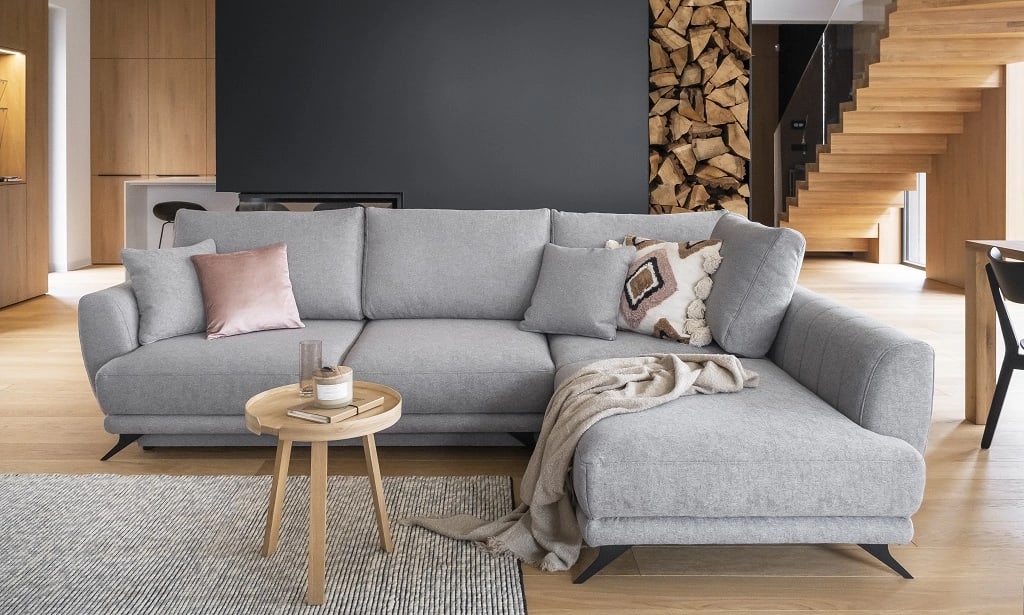
Open space, large windows and an arrangement modelled on old manufactories. This is just the beginning of what is hidden under the name industrial style. By the way, one of the most sought-after styles in interior design in recent times.
The industrial style originated in New York during the recession of the 1950s. Its result was the abandonment of factories and industrial halls, which later became residential homes for, mainly, artists. They were fond of original and sophisticated interiors, which gave rise to a new trend in interior design.
Style specifics
The industrial style is characterized by austerity and sophistication typical of post-industrial factories. In order for the interior to acquire a similar character, it is necessary to adhere to a few basic features of this trend. First of all, remember about the huge space without partition walls, filled with windows and glazed surfaces. Then the interiors will remind you of the life typical of artists - free, free and exclusive.
Material
In the industrial style, it is important to isolate the components that make it up. Even if it is a concrete wall. The main materials used in interior design in this style are concrete, steel and wood. A great combination that has been used recently is steel and glass. Depending on our preferences, it is worth considering new or stylized old steel, which will give the interior a unique character. Not forgetting that the floor should also be in line with the canon of industrial style, old wood parquet or panels that give the impression of being worn and worn out are recommended.
Colour
The colour palette reserved for the industrial style is extremely short. The richness of grey and white is mainly used for design. To break the cold shades, it is worth choosing a bit more vivid, such as turquoise, patina, rusty red.
Furniture
A simple and useful form is the best expression to describe furniture used in the industrial style. In addition, if they bear traces of their previous use, they will perfectly fit into the style of the interior. It is also worth considering metal wardrobes for clothes or a workbench for the kitchen. In turn, old and unnecessary pallets, tires or other recycled materials combined with soft pillows will add an avant-garde character to the interior.
Lighting
In former factories, daylight was used to the maximum, which resulted in energy savings. That is why it is important that there are numerous lamps in industrial-style rooms, preferably aluminium or metal ones. To enhance this effect, the rooms contained glass roofs, large windows, smooth surfaces and mirrors that reflected the sun's rays, thus introducing more light into the interior.
